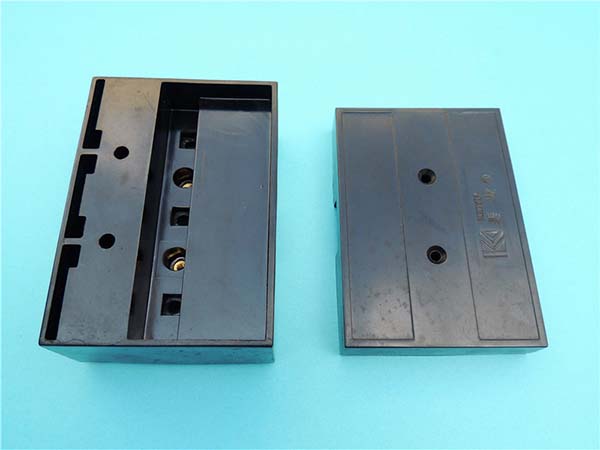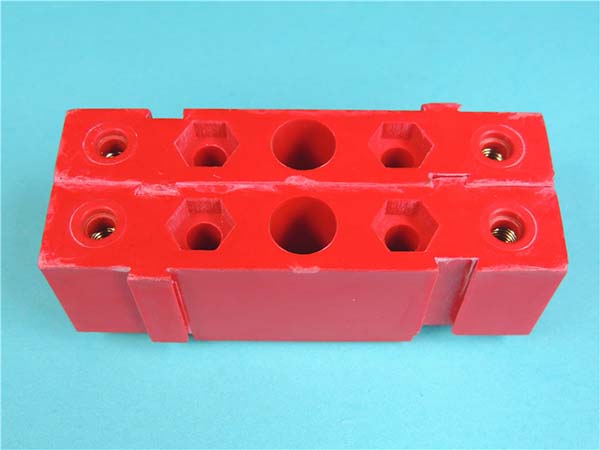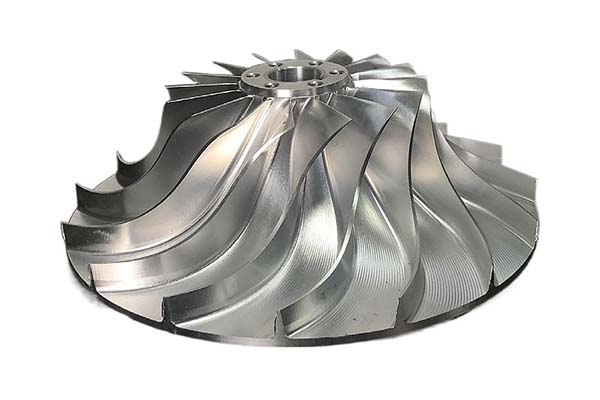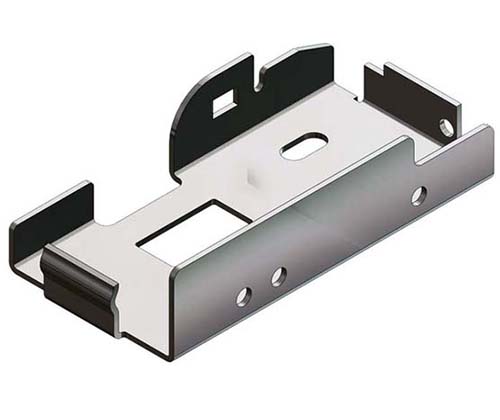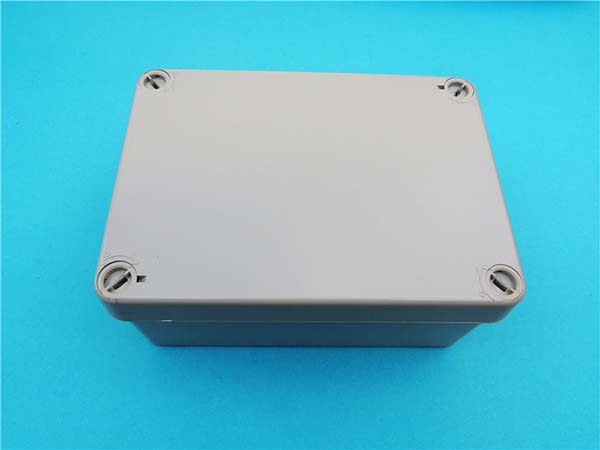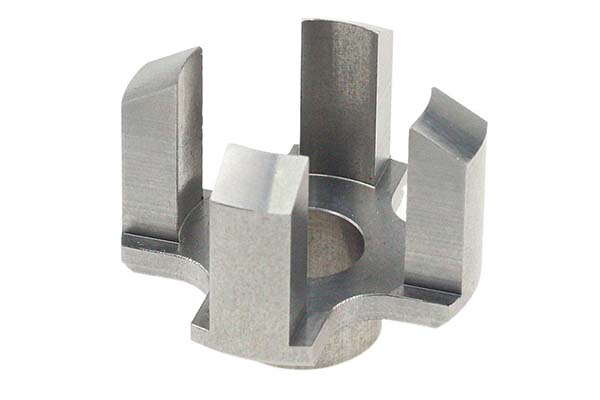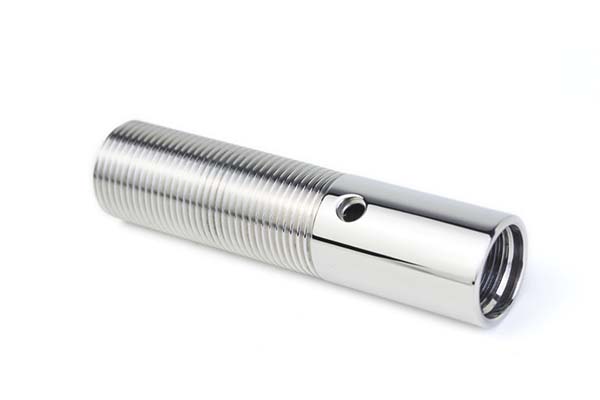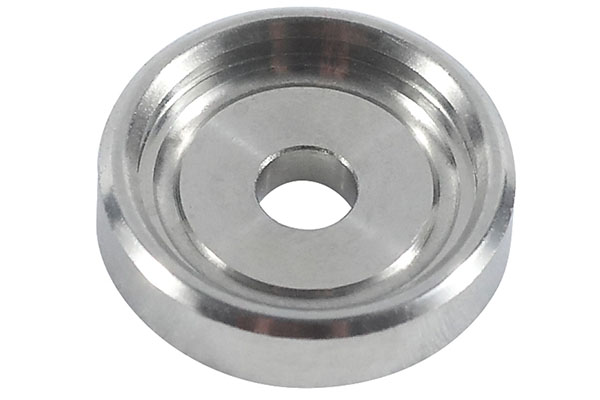Understanding Prototype Parts Manufacturing
Prototype parts manufacturing is the process of creating preliminary models of parts or components that are used to test and validate a design before full - scale production. This stage is crucial in product development as it allows engineers and designers to identify and rectify potential design flaws, optimize functionality, and make informed decisions about materials and manufacturing processes.
For example, in the automotive industry, prototype parts manufacturing is used to develop new car models. Before a new car goes into mass production, prototypes of various parts such as the engine block, chassis components, and body panels are created. These prototypes are then subjected to a series of rigorous tests, including crash tests, durability tests, and aerodynamic tests. If any issues are detected during these tests, the design can be modified, and new prototypes can be produced until the design meets all the required standards.
In the electronics industry, prototype parts manufacturing is equally important. When developing a new smartphone, prototypes of the circuit boards, casings, and display modules are made. These prototypes help in ensuring that all the components fit together properly, the device functions as expected, and the design is user - friendly. It also enables the manufacturer to test different materials for the casing, such as aluminum alloy or polycarbonate, to determine which one offers the best balance of strength, weight, and cost - effectiveness.
Different Methods of Prototype Parts Manufacturing
There are several methods available for prototype parts manufacturing, each with its own set of advantages and suitable applications.
3D Printing
3D printing, also known as additive manufacturing, has revolutionized prototype parts manufacturing in recent years. It works by adding material layer by layer based on a digital model created in a CAD (Computer - Aided Design) software.
One of the significant advantages of 3D printing in prototype production is its ability to create complex geometries with ease. For instance, internal channels, lattice structures, and organic - shaped components that are extremely difficult or even impossible to produce using traditional manufacturing methods can be printed without much hassle. A study by Wohlers Associates found that in the aerospace industry, 3D - printed parts have reduced the weight of components by up to 40% due to their ability to optimize structures, while maintaining or even improving functionality.
3D printing is also incredibly fast for prototyping. A simple plastic prototype can be printed within a few hours, allowing for rapid design iterations. This significantly shortens the product development cycle. Additionally, it is cost - effective for small - scale production as there is no need for expensive molds or tooling, reducing the upfront investment.
CNC Machining
CNC (Computer Numerical Control) machining is another popular method for manufacturing prototype parts, especially when high precision is required. In CNC machining, a computer - controlled machine tool removes material from a solid block (subtractive manufacturing) to create the desired part.
CNC machines can achieve very high tolerances, often in the range of ±0.01mm or even better in some advanced setups. This makes it ideal for industries such as medical device manufacturing and aerospace, where precision is critical. For example, in the production of surgical implants, the exact fit and surface finish are crucial for patient safety and effectiveness.
CNC machining can work with a wide variety of materials, including metals (such as aluminum, titanium, and steel), plastics, and composites. It also offers the ability to produce parts with excellent surface finishes, which is important for parts that require tight tolerances and smooth operation, like engine components in the automotive industry.
Injection Molding
Injection molding is a go - to method when it comes to producing a large number of prototype parts. The process involves injecting molten material (usually plastic) into a mold cavity, where it cools and solidifies to take the shape of the mold.
One of the main advantages of injection molding for prototype production is its high production efficiency. Once the mold is created, a large number of parts can be produced in a relatively short time. For example, a well - optimized injection molding machine can produce hundreds of parts per hour, depending on the complexity and size of the part.
It also provides cost - effectiveness for high - volume production. Although the initial cost of creating the mold can be high, the per - unit cost decreases significantly as the production volume increases. This makes it suitable for companies that want to test the market with a larger batch of prototypes before full - scale production. Additionally, injection - molded parts often have consistent quality and dimensional accuracy, ensuring that each prototype is a reliable representation of the final product.
Key Considerations in Prototype Parts Manufacturing
Material Selection
The choice of materials in prototype parts manufacturing is crucial as it directly impacts the part's performance, functionality, and cost. Different materials have unique properties that make them suitable for specific applications.
For metals, aluminum is a popular choice in many industries such as automotive and aerospace for prototype parts. It has a high strength - to - weight ratio, which is beneficial when weight reduction is a priority, like in aircraft components. According to a study by the Aluminum Association, aluminum - alloyed parts can reduce the weight of components by up to 30% compared to traditional steel parts in the automotive industry, while still maintaining sufficient strength for normal operation. It also offers good corrosion resistance, which is important for parts exposed to various environmental conditions. However, its relatively low melting point may limit its use in high - temperature applications.
Steel, on the other hand, provides high strength and durability. Carbon steel is commonly used for parts that require high strength and wear resistance, such as gears and shafts in machinery. Stainless steel, with its excellent corrosion - resistance properties, is ideal for applications in the medical and food - processing industries where hygiene and resistance to chemical corrosion are essential. But steel is heavier than aluminum, which may not be suitable for applications where weight needs to be minimized.
When it comes to plastics, acrylonitrile butadiene styrene (ABS) is widely used in 3D printing for prototyping. It is relatively inexpensive, easy to print, and has good mechanical properties, making it suitable for creating functional prototypes for consumer products. Another plastic, polycarbonate (PC), offers high impact resistance and heat resistance, making it a great choice for parts that need to withstand tough conditions, such as electronic device casings.
Design for Manufacturability
Design for manufacturability (DFM) is an essential concept in prototype parts manufacturing. A well - designed part not only functions as intended but is also easy and cost - effective to manufacture.
One aspect of DFM is simplifying the part's geometry. Complex geometries can increase manufacturing time and cost. For example, in CNC machining, a part with many undercuts and internal cavities may require additional machining operations or even special tooling. By eliminating unnecessary features or using alternative designs, such as replacing a complex multi - part assembly with a single, more straightforward part, the manufacturing process can be streamlined. A case study in the consumer electronics industry found that by simplifying the design of a smartphone casing, the manufacturing time was reduced by 20%, and the cost of production decreased by 15%.
Another important consideration is the choice of manufacturing tolerances. Tighter tolerances require more precise manufacturing processes and higher - precision equipment, which can significantly increase costs. For prototype parts, it is essential to define tolerances that are appropriate for the intended function of the part. For instance, in a prototype of a non - critical cosmetic part for a product, looser tolerances can be specified, saving on manufacturing costs without sacrificing the part's usability.
In injection molding, designing parts with proper draft angles is crucial. Draft angles allow the molded part to be easily removed from the mold. If the draft angle is too small or non - existent, the part may get stuck in the mold, leading to damage to the part or the mold, and increasing production waste. A general rule of thumb is to have a draft angle of at least 0.5 - 1 degree per side for most plastic injection - molded parts.
Yigu Technology's Perspective
As a non - standard plastic and metal products custom supplier, Yigu Technology deeply understands the significance of prototype parts manufacturing. Our advantage lies in our ability to handle complex custom - made requirements. We have a professional technical team proficient in a variety of manufacturing processes, enabling us to provide one - stop solutions from design to production.
Our service concept is centered around customer satisfaction. We work closely with clients from the initial design stage, offering suggestions on material selection and design optimization to ensure the prototype parts not only meet the design requirements but also are cost - effective. With advanced equipment and strict quality control systems, we ensure that every prototype part we produce has high precision and quality, helping our clients accelerate their product development cycles and gain a competitive edge in the market.
FAQ
What are the most common materials used in prototype parts manufacturing?
Common materials include plastics like ABS, PLA, and polycarbonate. ABS is great for general - purpose prototyping due to its strength and ease of processing. PLA is more environmentally friendly and is often used for quick, low - cost prototypes. Polycarbonate offers high - impact resistance and heat resistance, making it suitable for parts that need to withstand tough conditions. Metals such as aluminum, steel, and titanium are also widely used. Aluminum is popular for its high strength - to - weight ratio, steel for its durability, and titanium for its excellent strength and corrosion resistance, especially in aerospace and medical applications.
How long does it usually take to manufacture a prototype part?
The time varies based on factors like the complexity of the part, the manufacturing method, and the material used. For a simple 3D - printed plastic prototype, it could take a few hours to a day. CNC - machined parts might take 1 - 5 days, depending on the precision and the number of machining operations. Injection - molded prototypes, considering mold - making time, can take 1 - 2 weeks or more for the first batch.
What is the cost - effective method for small - scale prototype parts manufacturing?
3D printing is often a cost - effective choice for small - scale prototype parts manufacturing. Since it doesn't require expensive molds or tooling, the upfront investment is low. For example, if you need to produce 1 - 10 prototype parts, 3D printing can save costs compared to injection molding, which has high initial mold - making costs. Even compared to CNC machining, which may involve costs for machining time and material waste, 3D printing can be more affordable for small - scale production as it uses only the necessary amount of material.
